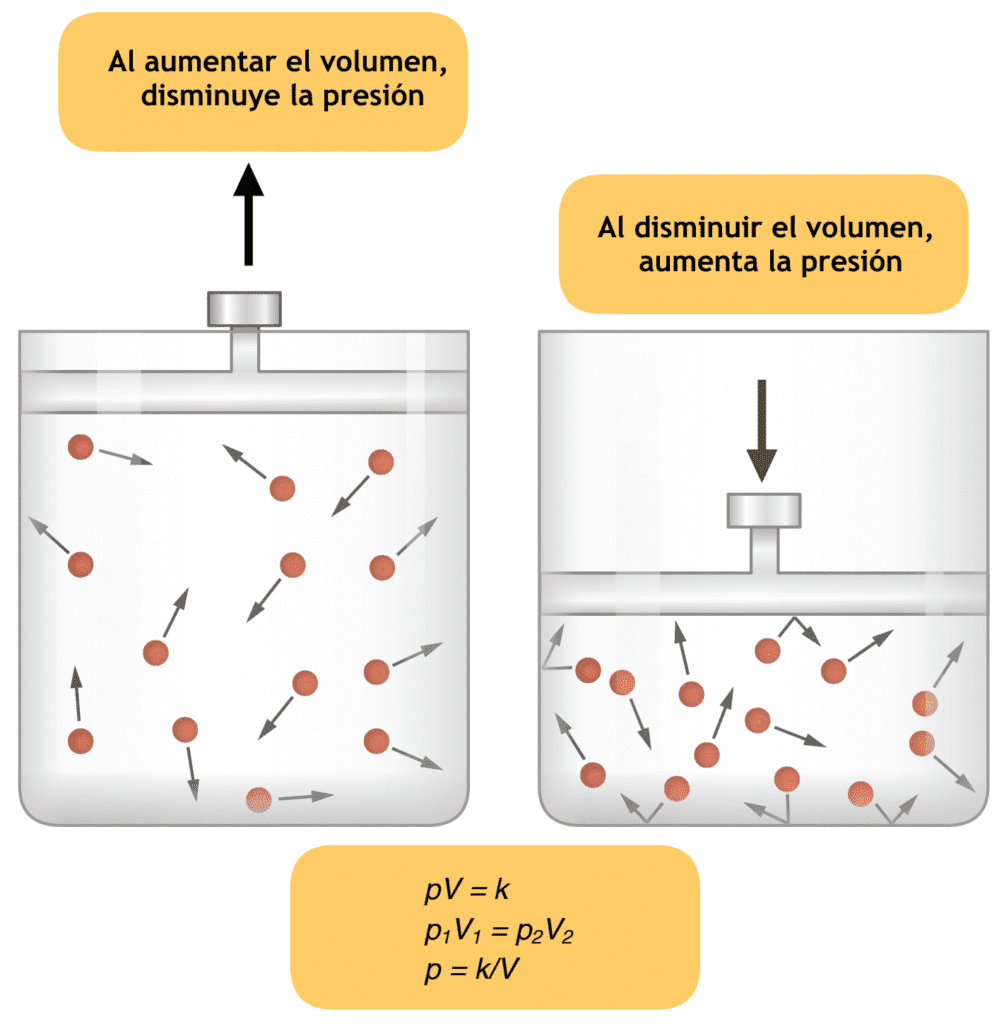Loss of consciousness occurs within 1 minute after a single breath induction. Breath holding, laryngospasm and arterial desaturation are uncommon. There is haemodynamic stability in case of sevoflurane induction .
Recovery is faster than with isoflurane. PONV and shivering are uncommon.
We can find the following in Miller’s Anesthesia about sevoflurane induction –
The time to half-equilibration (i.e., the time at which the VRG anesthetic partial pressure equals half that in arterial blood) varies from about 1 minute for nitrous oxide to 2 minutes for sevoflurane induction.
The longer time to equilibration with sevoflurane induction results from its higher tissue-blood partition coefficients . Equilibration of the VRG with the anesthetic partial pressure in arterial blood is more than 90% complete in 4 to 8 minutes.
Thus, after 8 minutes, uptake by the VRG is too small (i.e., the arterial-to-VRG anesthetic partial pressure difference is too small) to significantly influence the alveolar concentration. For a substantial period after 8 minutes, the muscle group (MG) determines most of uptake.
The half-time to equilibration of fat ranges from 70 to 80 minutes for nitrous oxide to 30 hours for sevoflurane and isoflurane. Equilibration with fat does not occur in the course of anesthesia with any potent inhaled anesthetic.

